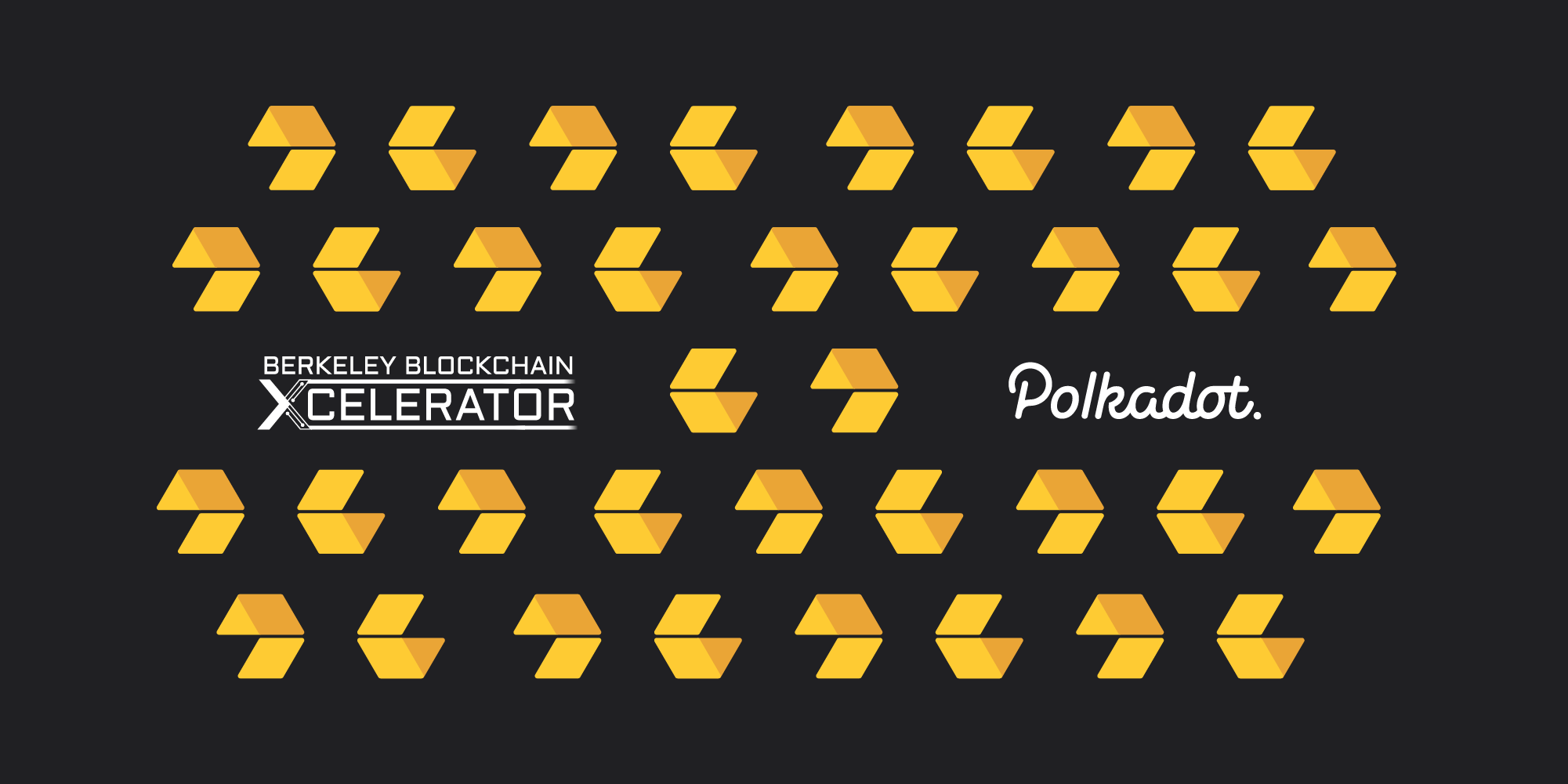
Chorus One to Bridge Polkadot and Cosmos Ecosystems
The building of trust-less bridges between Polkadot and other blockchain networks is one of the top priorities for the Web3 Foundation. Chorus One’s effort lays the groundwork to build this technology for the Cosmos ecosystem.

Kusama & Polkadot: Comparing the Cousins
As the launch of Polkadot draws near, many are asking how the network will compare to Kusama and how both will be used in different ways going forward.

Polkadot Launch Announcement: COVID-19 Considerations
Polkadot development continues to progress rapidly, and we're pleased with the proven track record the technology has developed with the launch of Kusama last summer. The Polkadot codebase has undergone a series of audits since late 2019, and we expect to release the results of these security assessments as we progress through Polkadot's launch.

Berkeley Blockchain Xcelerator Selects Four Polkadot Projects for Spring 2020 Cohort
The Berkeley Blockchain Xcelerator has announced its third cohort of startups, including four projects from the Polkadot ecosystem. Acala, Finoa, Nodle.io and Stake Technologies will join the 14 startups comprising the Spring 2020 program, selected from more than 140 applicants to the Xcelerator.

Major Milestone Achieved: Polkadot and Chainlink Integration Using Substrate
By being the first Substrate-based oracle solution, Chainlink is set to become the first and primary oracle provider for all Substrate-based chains and eventually the entire Polkadot network.

Polkadot Approaches Beta Launch - Claim Your Dots Today with Coinbase Custody
Individuals and entities that hold allocations of dots – Polkadot’s native token that enables access to the protocol’s features – can now take the first step to prepare for Polkadot’s launch in the coming months.

Join Kusama’s Thousand Validators Programme
Anyone technical and determined is encouraged to apply here. By applying and following the setup instructions, you will be eligible to receive nominations from Web3 Foundation and Parity Technologies

The Path of a Parachain Block
Polkadot guarantees valid state transitions for its member parachains. Beneath the surface, an orchestra of nodes, from validators and collators to fishermen and full nodes, play their parts to deliver parachain blocks to the final Relay Chain.

Alert - Kusama Network Phishing Email and Fake Medium Post
We have learned that a phishing email with the subject line: “1% DOT allocation for KSMs stakeholders” is being circulated from a fraudulent version of the Polkadot.JS domain. Do not respond to this email; it was not sent from the Web3 Foundation nor from our Kusama or Polkadot accounts.

Polkascan Development Update #5
This development update is part of our work that provides the Polkadot-ecosystem with an enriched Substrate Interface (API) for any Substrate-based blockchain with full decoding context of the chain’s respective runtime.

Kusama Upgrade Bulletin (1032-1037)
Details Runtime version: 1037 Supported natively by Polkadot v0.7.17 Polkadot Git commit hash: f570356 Substrate Git commit hash: 860b79b Council motion: #85

Kusama’s First Adventure
A little chaos ensued on the Kusama network, Polkadot’s canary-net. Here’s a quick summary of the cause and solution.